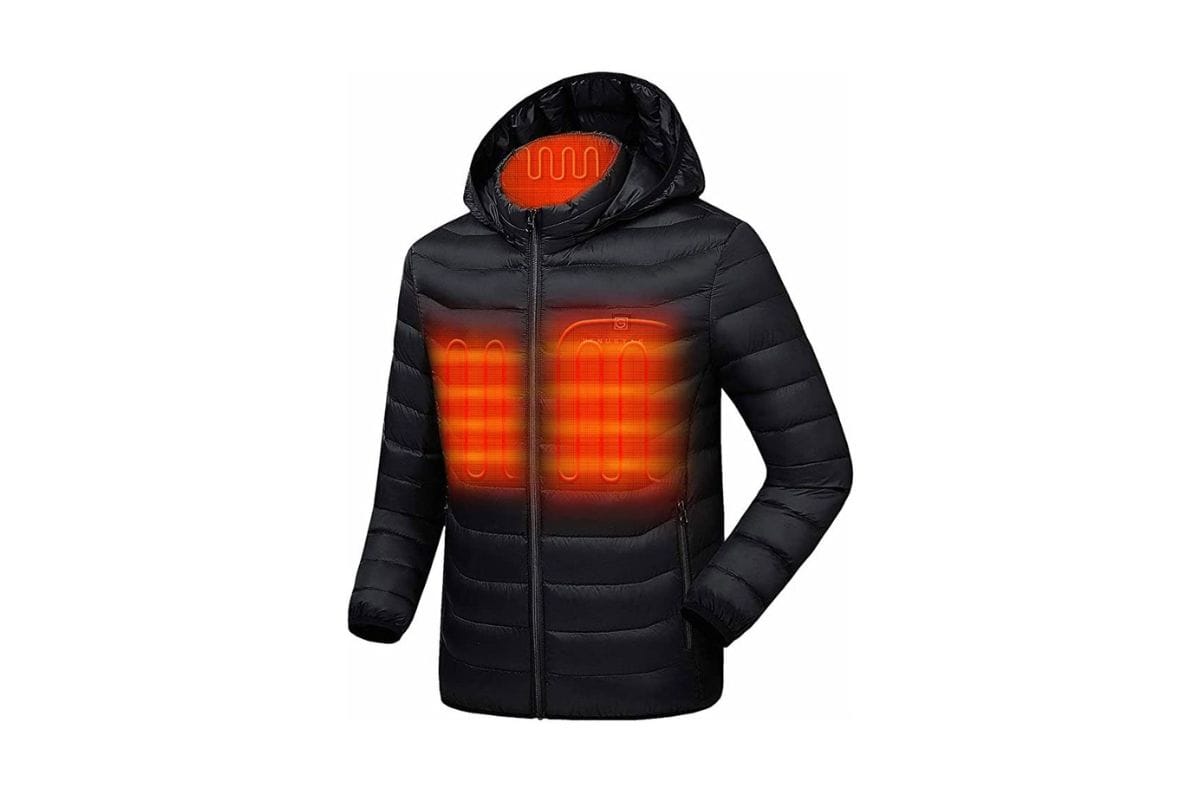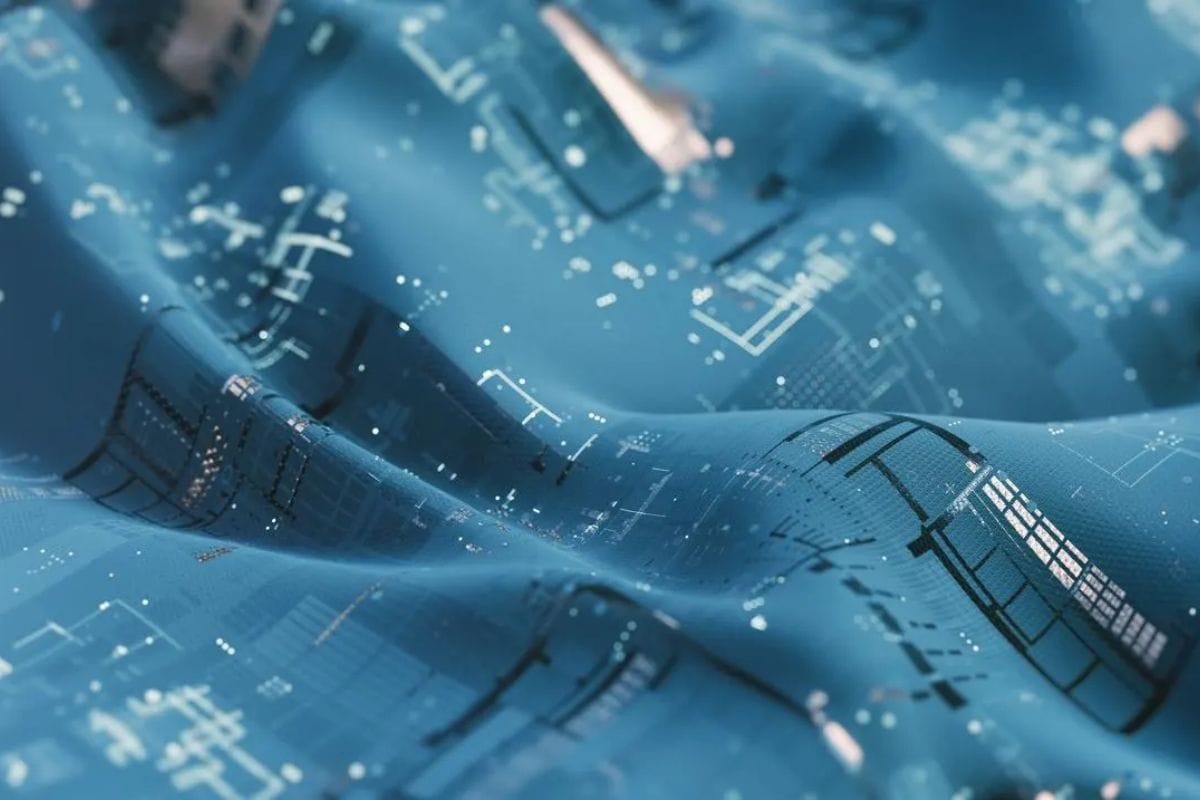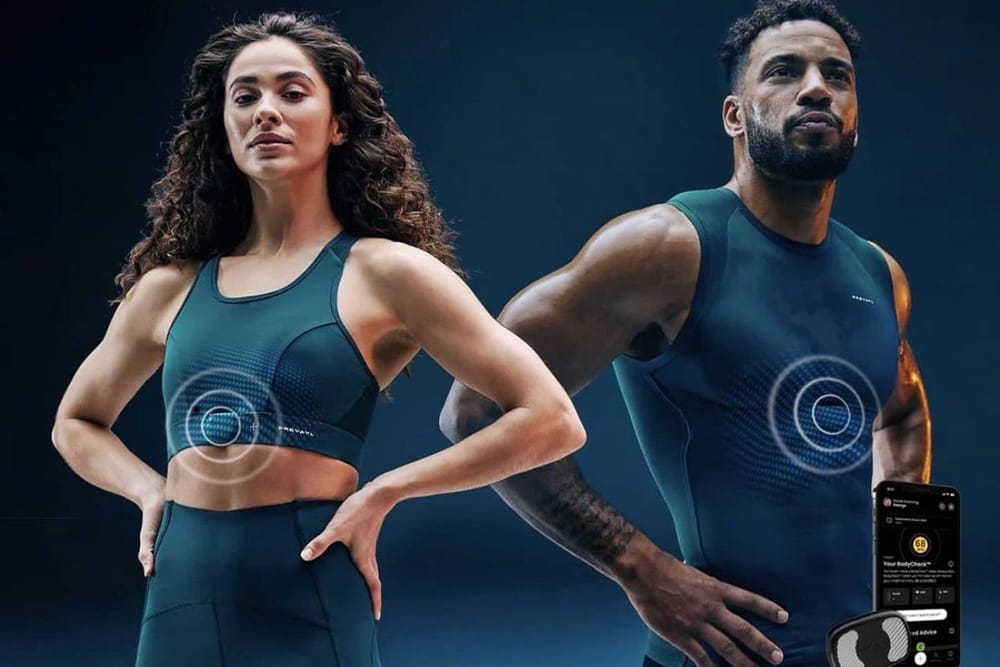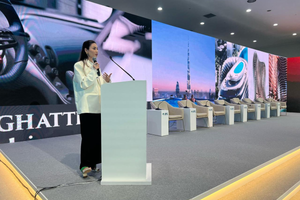Fashion has always been a canvas for creativity and self-expression, where art meets innovation to redefine style and functionality. The journey of smart clothing illustrates this evolution, showcasing how technology and design have merged to create a new era in fashion.
A Historical Perspective

The concept of smart clothing began to take shape several decades ago, with initial efforts focused on integrating basic electronics into garments. Early innovations included heated jackets designed to provide warmth in cold climates and garments with rudimentary communication systems. These pioneering efforts laid the groundwork for more advanced developments in wearable technology.
The 2000s saw a surge in interest and investment in smart textiles, spurred by advancements in materials science and electronics. This period marked the introduction of more sophisticated features, such as GPS tracking and basic health monitoring. Early adopters began experimenting with garments that could interact with the wearer’s environment, laying the foundation for future innovations.
The Evolution of Smart Clothing

As technology continued to advance, so did the capabilities of smart clothing. The 2010s brought significant breakthroughs, including garments that could regulate temperature, monitor health metrics, and interact with smartphones and other devices. These innovations transformed smart clothing from a niche concept into a burgeoning field within the fashion industry.
Today, smart clothing represents the cutting edge of fashion technology. Modern garments are equipped with a range of features, from real-time health tracking to adaptive materials that respond to environmental changes. The integration of sensors, connectivity, and advanced fabrics has led to the creation of clothing that is not only functional but also stylish and comfortable.
The Significance of Smart Clothing

Smart clothing's importance in modern fashion extends beyond its practical benefits. These garments offer a new level of personalization, allowing wearers to tailor their clothing to their specific needs and preferences. The ability to monitor health metrics and adjust garment features in real-time enhances both convenience and performance.
Moreover, smart clothing represents a fusion of fashion and technology, introducing innovative ways to express individuality and interact with one's wardrobe. As technology continues to evolve, smart clothing is set to become a staple in the fashion industry, blending style with advanced functionality to meet the demands of the modern consumer.
How Electronics Are Transforming Fashion

Smart clothing integrates various electronic components to enhance functionality. Sensors are embedded to monitor physiological data such as heart rate, body temperature, and movement. Actuators enable garments to adjust their features, like temperature, based on external conditions. Conductive fibers allow electrical signals to flow through the fabric, integrating technology seamlessly. For instance, smart jackets may have built-in heating elements that adjust warmth based on the environment.
Examples of How Electronics Enhance Functionality
Electronics in clothing bring significant enhancements. For example, temperature regulation systems in jackets can automatically adjust warmth, providing comfort in varying weather conditions. Fitness tracking is another application, with garments equipped to monitor physical activity and health metrics, syncing data to mobile apps for detailed insights. Adaptive lighting in clothing, such as LED-integrated garments, adjusts brightness for safety or style, showcasing how technology can merge with fashion functionality.
Case Studies of Successful Smart Clothing Products
Several products illustrate the successful integration of electronics in clothing. The Ralph Lauren PoloTech Shirt tracks fitness metrics and syncs with a mobile app for health insights. The Hexoskin Smart Shirt monitors vital signs, offering detailed health data. Lumo Run sensors, worn with running gear, provide feedback on running form, helping athletes optimize performance and prevent injuries. These examples highlight the practical benefits of smart clothing.
Enhancing Wearability with Smart Tech

Innovations in smart clothing focus on enhancing comfort and usability. Flexible electronics are incorporated to ensure that garments remain comfortable and adaptable to movement. Breathable fabrics manage moisture and regulate temperature, improving comfort during physical activity. Seamless integration of technology ensures that smart features are included without compromising the garment’s design or functionality, making it more user-friendly and stylish.
Examples of Wearable Technology That Blends Seamlessly with Daily Clothing
Wearable technology has evolved to blend with everyday clothing. Smartwatches complement various outfits while offering notifications and fitness tracking. Smart glasses integrate augmented reality features into a sleek accessory, providing navigation aids without disrupting style. Heated gloves feature built-in heating elements yet maintain a conventional design, showcasing how technology can enhance daily wear without altering its appearance.
Impact on User Experience and Convenience
Smart technology in clothing has revolutionized user experience and convenience. Temperature regulation systems eliminate the need for multiple layers, while real-time data from fitness tracking offers valuable health insights. Increased comfort comes from advancements like breathable fabrics and flexible electronics, which make smart clothing more practical for everyday use. Overall, these innovations simplify and enhance daily life through improved functionality and comfort.
The Technology Behind Smart Fabrics

Materials and Textiles Used in Smart Clothing
Smart clothing utilizes advanced materials like conductive fibers, which enable electrical connectivity within fabrics. Flexible sensors are integrated to measure various parameters while maintaining garment flexibility. Phase change materials (PCMs) regulate temperature by absorbing or releasing heat, enhancing thermal comfort. These materials and textiles are crucial in creating functional and comfortable smart garments.
How Smart Fabrics Are Manufactured and Integrated with Technology
Manufacturing smart fabrics involves embedding electronic components using techniques like weaving conductive fibers and layering sensors onto the fabric. Screen printing and lamination methods apply technology while maintaining fabric flexibility. Quality control ensures that these garments are durable and maintain their functionality over time, allowing smart features to work effectively despite wear and environmental exposure.
Advances in Fabric Technology That Enhance Performance and Durability
Recent advances have improved smart fabric performance and durability. Durable conductive materials ensure that electronic components endure wear and tear. Water-resistant technologies protect electronics from moisture, extending garment life. Self-cleaning fabrics reduce maintenance needs by incorporating advanced treatments, further enhancing the practicality of smart clothing.
The Impact of Smart Clothing on Industry Segments
- Smart clothing is shaping fashion trends by merging technology with style, leading to functional fashion that integrates health monitoring and customizable features. Innovative designs using LEDs and sensors are making garments both practical and visually appealing, reflecting a shift towards adaptive clothing that caters to individual preferences.
- Collaborations between tech companies and fashion designers are driving advancements in smart clothing. These partnerships blend technological expertise with fashion design, creating products that push the boundaries of both aesthetics and functionality.
- The influence of smart clothing extends to style and consumer preferences, introducing new design possibilities and multifunctional clothing that blends technology with fashion. This evolution in style and aesthetics is shaping how people perceive and engage with their clothing.
- Smart clothing contributes to sustainability through energy-efficient technologies, such as solar panels, and durable materials that reduce waste. Brands like Wearable Solar are leading the way in eco-friendly smart fashion, integrating renewable energy and sustainable materials into their designs.
- The future of eco-friendly smart fashion includes advancements in recycled fabrics and biodegradable components. Ongoing innovations are expected to further reduce the environmental impact of smart clothing and promote sustainability in the fashion industry.
- In healthcare, smart clothing offers health monitoring and therapeutic applications, such as tracking vital signs and providing compression therapy. For sports and fitness, smart garments monitor performance metrics and assist in injury prevention.
- Everyday applications of smart clothing include navigation aids and personalized comfort features, such as adjustable temperature settings, enhancing daily wear, and adapting to individual needs.
- Retail marketing for smart clothing has evolved with interactive strategies like virtual try-ons and augmented reality. This transformation offers consumers engaging ways to explore smart features and receive personalized recommendations.
- Retailers face challenges with high production costs and technical support but have opportunities to grow by offering innovative products and leveraging data analytics to improve the shopping experience.
Challenges and Opportunities in Smart Fashion
- Technical integration and manufacturing complexity pose challenges for smart fashion, particularly ensuring electronic components function reliably while maintaining comfort and durability.
- Scalability of production processes and cost management are also crucial issues in the industry.
- Privacy and security concerns arise from the collection and transmission of personal data, requiring robust security measures to protect user information and prevent unauthorized access.
Despite challenges, there are opportunities for growth and innovation, driven by advancements in fabric technology, sustainable practices, and enhanced consumer engagement.
As we look to the future of smart clothing, advancements promise to transform the fashion landscape dramatically. The next decade will likely see the integration of more sophisticated sensors and enhanced fabric technologies, paving the way for innovations such as biometric sensors and smart textiles that elevate both functionality and user experience.
Emerging technologies, including nanotechnology and AI, are set to revolutionize smart clothing by introducing materials with superior properties and personalized features that adapt to individual preferences. This evolution will foster more immersive and interactive experiences, with smart clothing becoming seamlessly integrated into our daily lives, redefining the intersection of fashion and technology.
Also Read:














